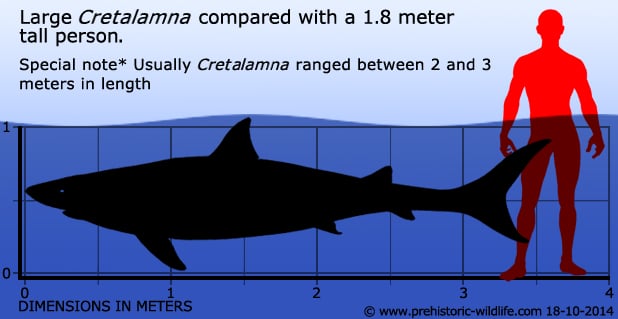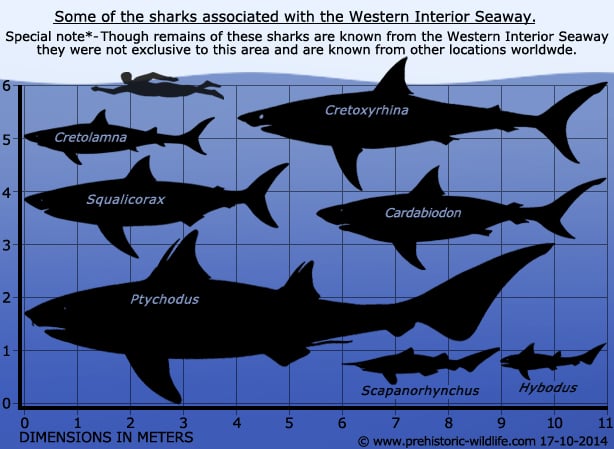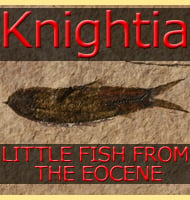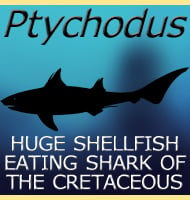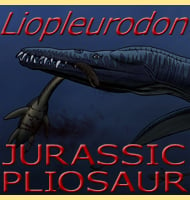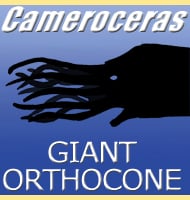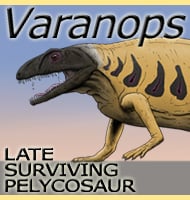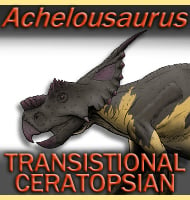In Depth
Although the Cretalamna shark genus is extinct today, there is no doubt that it was one of the most successful of all shark genera.
Fossils of Cretalamna (mostly of teeth and vertebrae) are known from all over the world and range from the early Cretaceous to the mid Miocene in age, making Cretalamna one of the most widely distributed shark genera in not just geographical range but throughout time as well.
Only a few other shark genera such as Hybodus can claim to rival this success.
Because the first fossils of Cretalamna were found in Cretaceous aged deposits, the genus was given a name which means ‘Cretaceous Lamna’, with the Lamna part referencing the similarity to the Lamna shark genus, which is the type genus of the Lamniformes group of sharks (The group that includes many modern kinds such as the great white, thresher shark, porbeagle, mako, etc).
Cretalamna would have looked much like modern day lamniform sharks, and likely would have been a pelagic (open water) predator of other fish.
However, Cretalamna living before the KT extinction during the Cretaceous and would have had the option to hunt marine reptiles such as plesiosaurs and smaller mosasaurs, while those living after the KT extinction may have attacked primitive cetaceans, many of which were much smaller than those we know today.
The teeth of Cretalamna are broad with cusps at the base of the main crown, indicating that Cretalamna was best suited to attacking larger prey.
Further Reading
- Skeletal and dental anatomy of lamniform shark, Cretalamna appendiculata, from Upper Cretaceous Niobrara Chalk of Kansas - Journal of Vertebrate Paleontology vol 27, Issue 3 - Kenshu Shimada - 2007.
- Late Cretaceous (Cenomanian-Campanian) mid-palaeolatitude sharks of Cretalamna appendiculata type - Acta Palaeontologica Polonica. - Mikael Siverson, Johan Lindgren, Michael G. Newbrey, Peter Cederstr�m & Todd D. Cook - 2013.
- Cenomanian–Campanian (Late Cretaceous) mid-palaeolatitude sharks of Cretalamna appendiculata type. – Acta Palaeontologica Polonica. 60 (2): 339–384. – Mikael Siversson, Johan Lindgren, Michael G. Newbrey, Peter Cederstr�m & Todd D. Cook – 2015.
- A new species of Cretalamna sensu stricto (Lamniformes, Otodontidae) from the Late Cretaceous (Santonian-Campanian) of Alabama, USA. – PeerJ. 6 (e4229). – Jun A. Ebersole & Dana J. Ehret – 2018.
